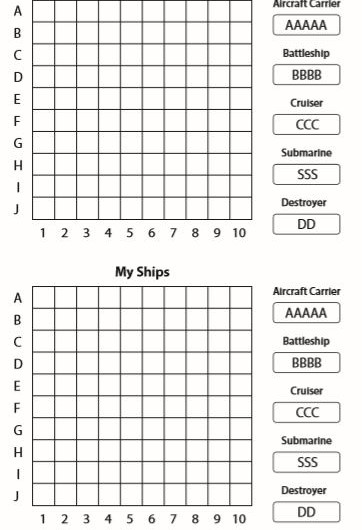English: LO: to create slide headlines.
By the end of the week we will have created a presentation on something of your choosing to do with Japan. If you have PowerPoint on your computer then you can complete this using this. If you don’t have PowerPoint, then you can use blank pieces of paper for each slide instead.
Today we will consider the headline, or title, of each slide you will create. Firstly, you will need to work out what you would like to make your presentation about. Then, you will need to break that topic down into several areas which will make up our slides.
For example, if I was making a presentation on my favourite baked treats my areas could be:
Brownies, Sponges, Cupcakes, Cookies, Muffins.
In my presentation, I would have 6 slides in total: One for the main title of ‘Mr Keeble’s favourite baked treats’, and then one slide for each of the treats I like.
Now, putting BROWNIES at the top of the slide does tell my viewer that the slide is about Brownies, but it’s a bit boring! So, I need to think of a way of creating a title which still mentions brownies, but in a way which won’t cause my viewer to fall asleep. For example, I could use some alliteration for this title: Beautiful baked brownies!
For my other titles I could have:
Sweet sponges,
Crazy cupcakes,
Crisp, chewy cookies,
Marvellous muffins.
Come up with the titles for your presentation, and write them in your neatest handwriting (or using a computer) at the top of each of your slides.
Maths: LO: to consider position and direction.
This week in maths we will be looking at position and direction. What do these words mean to you? Write a definition for both position and direction in the context of maths. What other things are related to position and direction in maths? Make a list of the things you think this topic will involve, and write down two examples of how we can use position and direction in everyday life.








